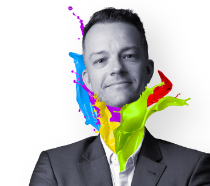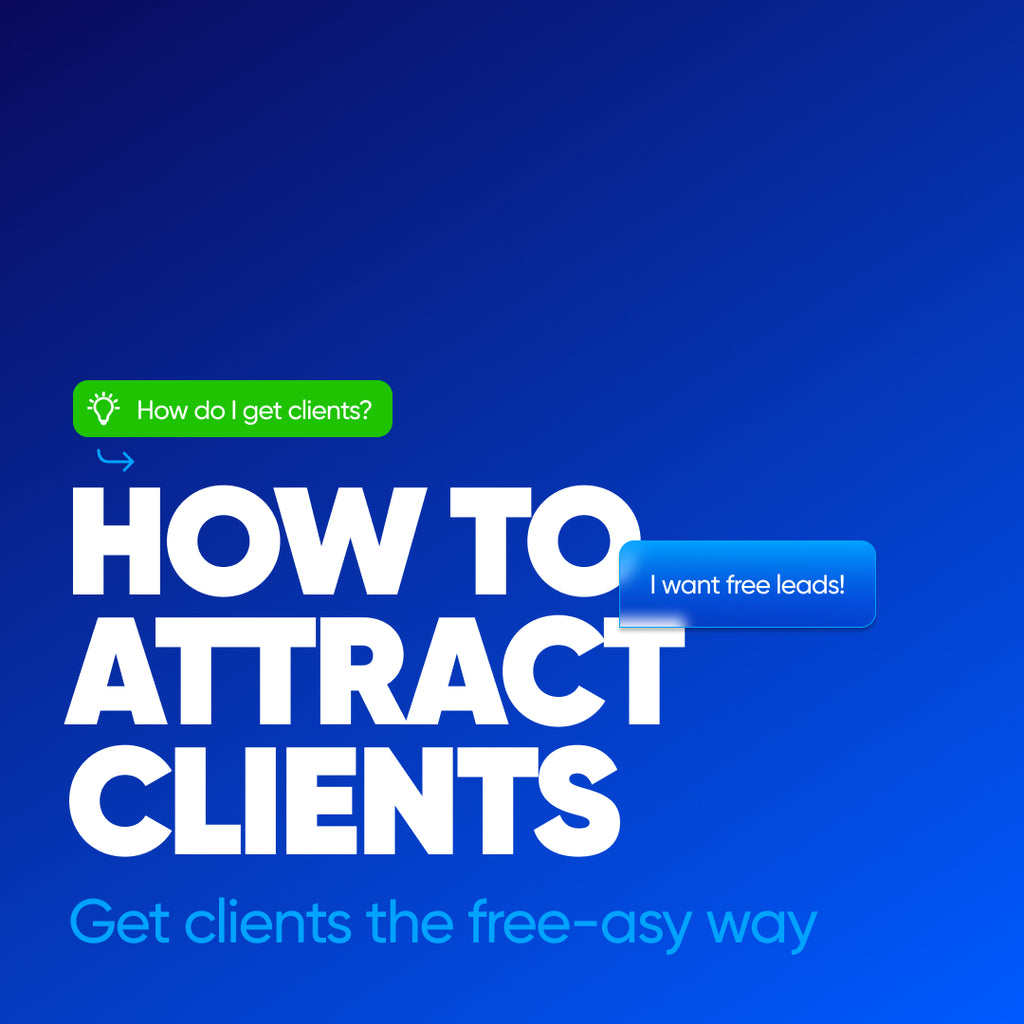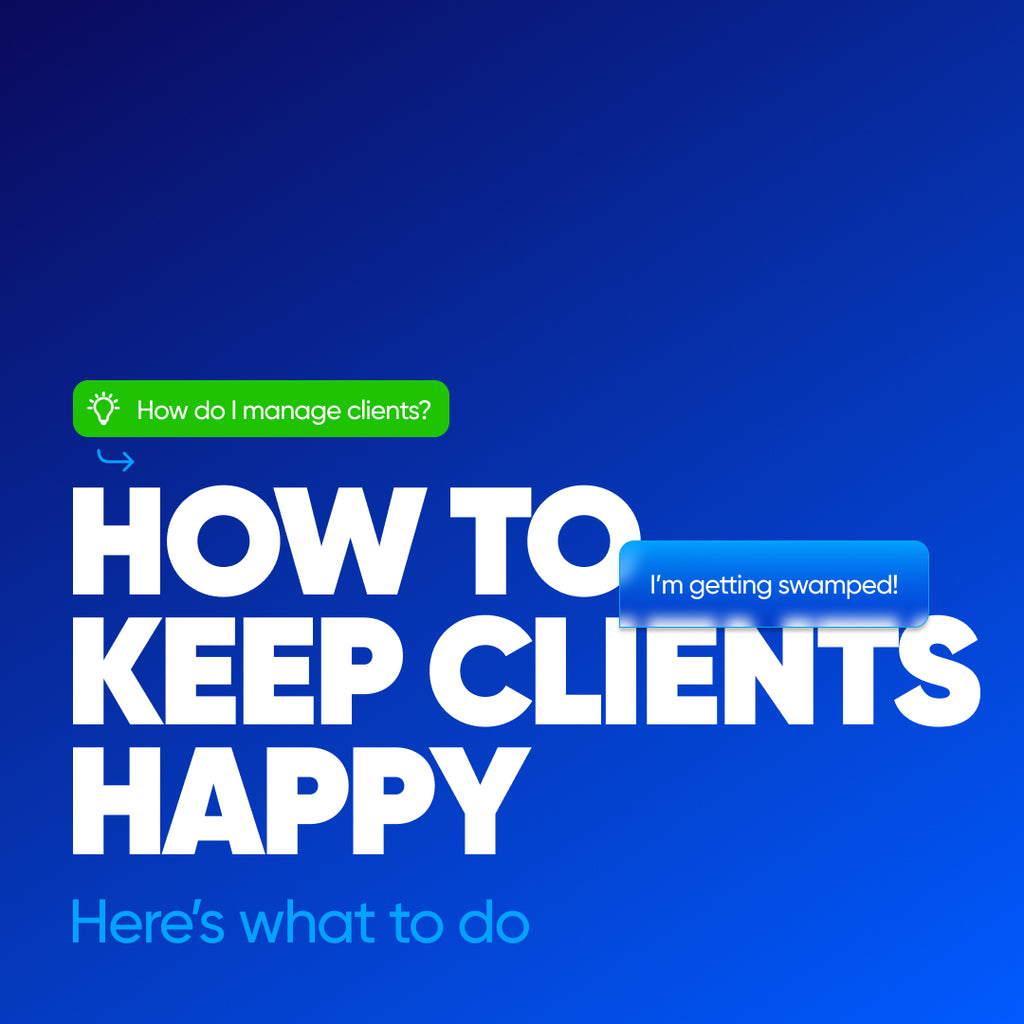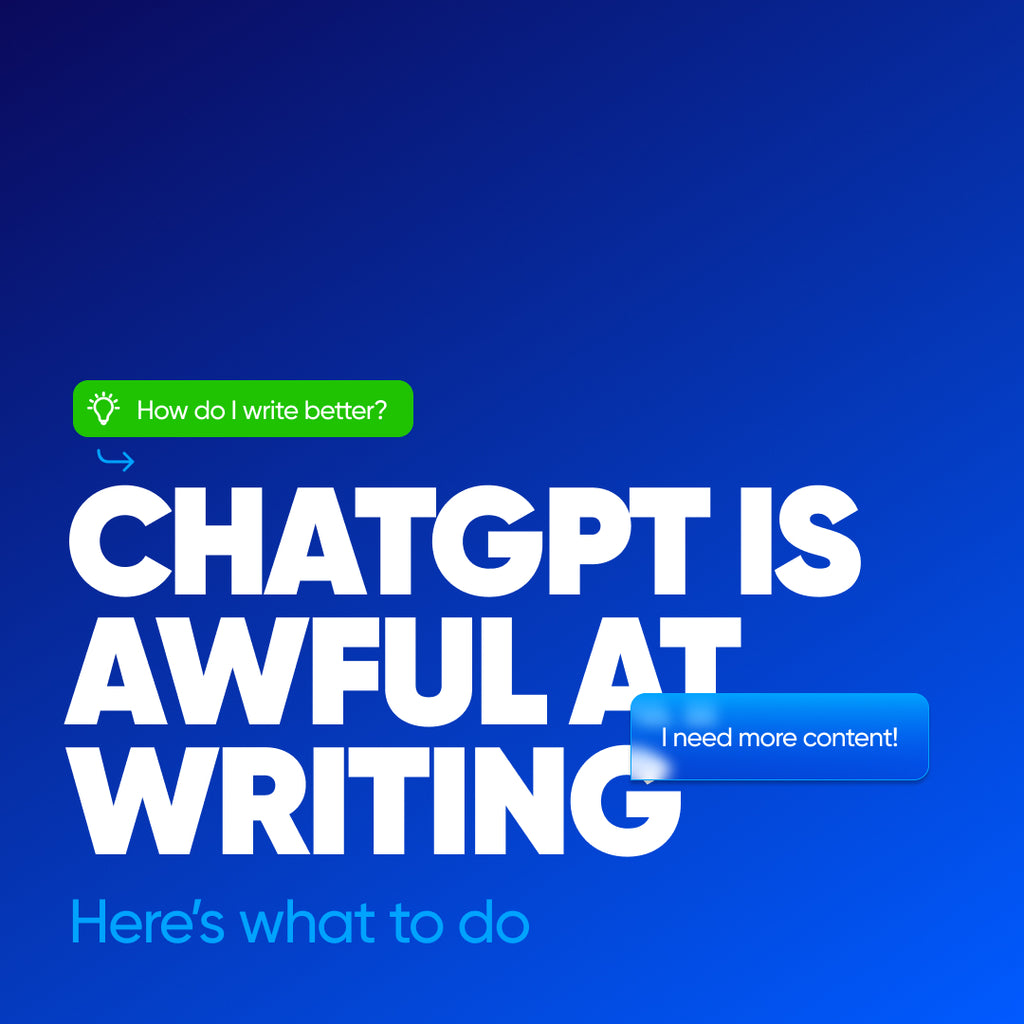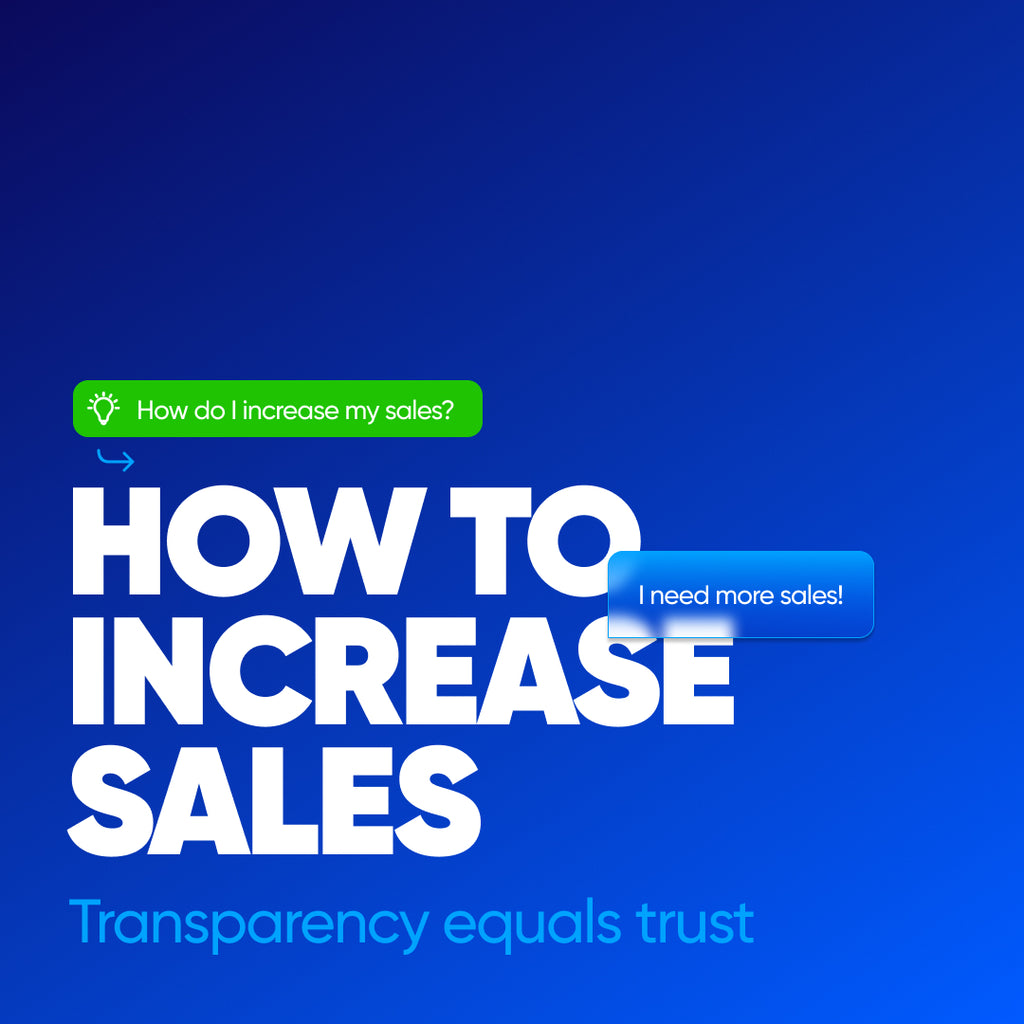Recently I received this question “Start with Facebook ads or Instagram influencers?” Many of the answers were very vague, things like “both,” and “yes,” bizarrely enough.
In the early stages of your brand it’s paramount to find and define your audience with the least amount of capital as possible. There are numerous ways to do this and I’ll lay out a guide on how to do this in the most effective way.
Brand intention is incredibly important to define early on.
What problem does your brand, whether it’s a product or service solve? And for who does it provide this solution.
Instead of giving away potential clients’ strategies, I’ll give away one of my own. One that’s been very effective over the years of building and deploying new brands that I’ve created. For the record I build products once I have researched a very specific niche prior to deploying them, many people get caught up in the chance for a quick buck and don’t do any of the research, they choose a cheap drop-shipping item that they mark up, cross their fingers and hope for a sucker to buy it.
This advice isn’t for that crowd, this advice is for the people who will stand behind their product or service and are building something useful.
My answer to the first question is Instagram first, Instagram always first. Why? Simple, Instagram provides a platform that is visible to everyone, whether you’re an individual or a brand and you can actively see when someone likes, comments, follows and shares your content.
When an Instagram user interacts with your content in any way you can click their profile and see exactly what they like in their lives and you can fill a need of theirs with your product or service. From their interaction with your content you can generally tell their age, sex, sexual orientation, location, hobbies, aspirations and numerous other variables simply by their posts.
The great thing about an Instagram first approach is you can begin your demographic targeting sample quickly, easily and generally free (outside of the time it took you to build the content of course).
Once you have a sample size of around 100 interactions, start looking for common threads, typically with my posts I have a large number of younger start-up types and a large number of c-level executive types. Two vastly different audiences need two vastly different marketing efforts. For instance, this Learn blog series I’m doing is generally geared towards start-ups and people just getting in to their careers, to help everyone hit the ground running.
As your audience sample size gets larger, continue analyzing your Instagram interactions. You will most likely see multiple, very specific demographics that you can analyze down to a roughly 5 year segment to start targeting paid ads.
Many new businesses jump on the Facebook ads band wagon, and although they’re great for impressions and clicks, these ads rarely return any investment at the start. The budgets required for Facebook ads to start delivering can easily be in the many thousands of dollars and most businesses have trouble committing +$5,000/month in Facebook ads for virtually zero return. Major brands find it much easier to make returns in much the same way many of my clients can’t afford a Superbowl ad, when you start out it’s very difficult to capture the attention of a wide range of people without a wide budget.
Instagram is perfect for low to no budgets as it’s a platform that doesn’t throttle back business profiles like Facebook does. You can organically find brands you love and the more often they post content combined with the popularity of that content will move the brand without huge ad costs.
Getting back to how I’ll be finding the demographic for my new bike light, I’ll be using much of what I just described. As an ex-pro mountain biker and a cyclist who rides 100-200 miles per week I know a lot about the industry, have made friends in the industry, know the market and who to target.
As of today (early August) I’m still developing my product and testing it myself, but I’m already defining my target audience. 35-50 year old men and women who ride to work and on weekends. The messaging and imagery will also change depending on whether that person is a commuter, a weekend warrior or a racer. There will be three visual ads, targeting the three demographics.
The way I determine when it’s time to move on from Instagram marketing and over to Facebook is when I’ve built up a substantial following and the follower increases start flattening out. However, when the brand hits roughly ~$7,500/month in sales I’ll most likely do a major analysis on the customer feedback in expectation of making the next version of the product.
Typically it will require three versions of a new product to truly refine the product offering and match it exactly to the audience I’m after. When the product is “done” I’ll begin Facebook ads. This “done” milestone is usually somewhere around 30,000 Instagram followers and $10,000/month in sales. Prior to that I’ve found that Facebook Ads won’t increase sales enough to be a cost effective return on investment.

Learn How to find my target audience by Scott Luscombe of Creatibly
